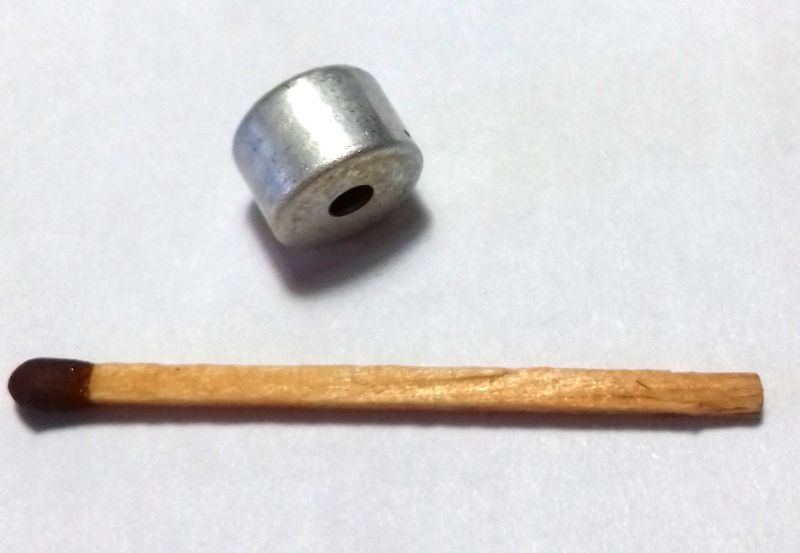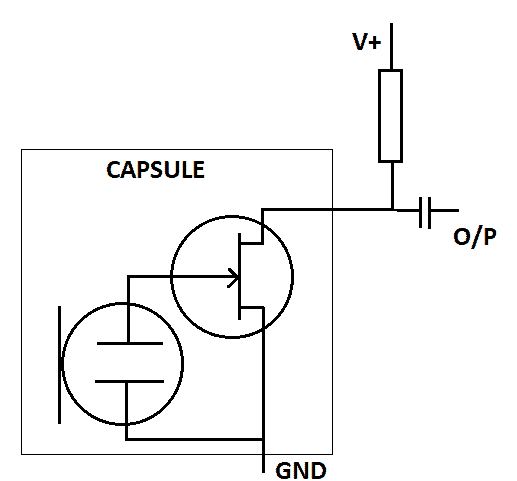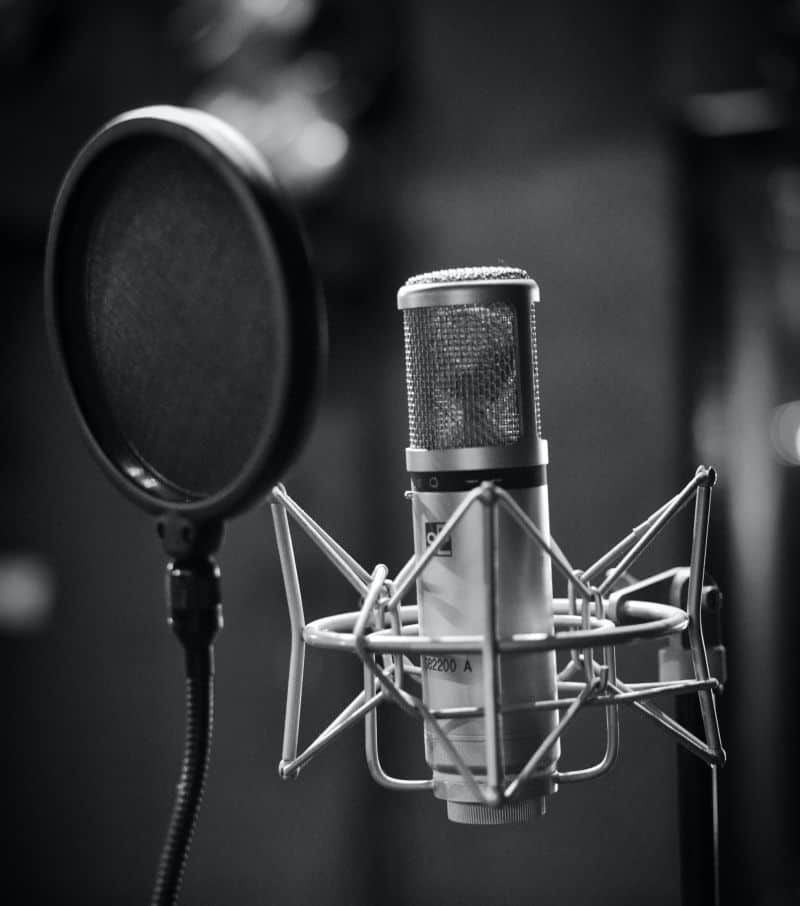What is a Microphone?
We see microphones everywhere—singers on stage, politicians at the podium, preachers at the pulpit, artists in recording studios. Everyone wants to sound louder and be heard clearly.
The job of a microphone is to convert air-borne sound—which is moving air with a fluctuating pressure—into an electrical signal. As soon as we have this sound to electricity conversion, we can amplify it, modify it, and record it. Microphones achieve this by having some movable element that vibrates in sympathy with the air pressure, pretty much like your eardrum does, and uses this motion to create an electric current. The way they do this defines what type of microphone it is. There are four main types: dynamic, electret, condenser, and ribbon.
Characteristics and Specifications
Before we jump into the differences, it is important to understand what the characteristics and specifications mean, select the right one for a given purpose and how they affect how we connect them to an amplification system.
- Sensitivity – This pertains to how many mV the mic will deliver for a given sound pressure level (SPL) expressed as mV/Pa or millivolts per Pascal, e.g., 30mV/Pa.
- Maximum SPL – SPL or sound pressure level is expressed in decibels (dB) and usually specified at 0.5% distortion. This describes the maximum loudness that a microphone can handle without damage or distortion. This is important if used with loud instruments such as drums. An average level is about 100 dB, and a high SPL is 130 dB. Dynamic mics can handle high SPL, whereas ribbon mics are more sensitive and delicate.
- Frequency response – This is the range of frequencies a mic can reproduce without attenuation, typically 50Hz to 15kHz. This range will vary depending on the orientation of the source to the mic,i.e., directly in front or off to the side. It may also improve at the low end in proportion to how close the source is to the mic.
- Directivity – This pertains to the polar response. Microphones have different responses in sensitivity depending on the position of the source relative to the mic. If you plot a polar diagram, it will have a different shape for different mics, some being much more sensitive from the front, others equal from the front to back but not to the sides. A diagram that looks like a heart shape will be called a cardioid response.
- Impedance – This is the AC resistance of the mic, generally quite low, from 50 to 200Ω. Dynamic mics may be a bit higher at 600Ω. The input impedance of the amplification system should be higher than the mic to prevent loading.
Types of Microphones
Dynamic Microphones
Dynamic mics work in much the same way as a loudspeaker but in reverse. You have a diaphragm attached to a coil that is inside a strong magnetic field. As the sound pressure moves the diaphragm and coil in and out of the field, a voltage is generated. These mics are rugged and able to deal with strong SPL levels, such as concert venues for sound reinforcement. They are less sensitive than their condenser and ribbon cousins but offer good value for money. Shown below is a typical dynamic microphone.

Electret Microphones
Electret condenser microphones work on the principle that the diaphragm and backplate will vary their relative distance to each other as sound moves the diaphragm. The diaphragm or backplate is electrically charged/polarized, often with a permanently charged coating, creating a changing charge. Because this cannot supply any current, it requires a very high impedance FET to buffer it and amplify it. This means an external source of voltage is required.
The thin, lightweight diaphragm makes electrets very sensitive compared to dynamic microphones, with good frequency response. They can be made very small, making them easy to fit within many different products.
Shown below at left is a typical electret mic with a matchstick for scale comparison. The right shows what happens inside the capsule, showing the FET and the external load resistor (typically about 10k).
 |
 |
Condenser Microphones
As the name implies, these are a condenser or capacitor made up of a solid backplate and a closely spaced metalized diaphragm. As the diaphragm vibrates, its distance from the backplate and, thus, the capacitance will change in sympathy. A voltage (either from an internal battery or from the cable) is applied across the two plates, and as the capacitance changes, a voltage is produced. Condenser mics have good frequency responses and are better for handling high frequencies. Shown below is a studio-quality condenser mic with an anti-pop screen.

Ribbon Microphones
Ribbon mics are used in the studio for recording voices and a broad range of instruments. They soften the sound and impart warmth to recorded material. They have the most natural response of all mics. Inside, the ribbon is suspended in a magnetic field, with electrical contacts at each end of the ribbon. As the ribbon vibrates in the magnetic field, a voltage is produced. Shown below is a studio ribbon mic.

Amplification and Connections
Microphones generally have a three-pin XLR male connector. The cabling to the mixing desk or PA system might be a single-screened cable or a dual twisted pair inside a screen. Most mixing desks will have some sensitivity adjustable pre-amplifier for each channel to match the mics requirement.
Clearly, you should choose a microphone according to your purpose. Cost and ruggedness are usually the most important considerations. Many mics come with special features, for example, built-in radio links enabling cordless operation. Some need microphone transformers and anti-shock support systems. These are commonly seen as anti-pop foam shields to keep out loud, windy voice transients, and some have foam windshields. Mics can be acoustically shaped to be very directional, like in recording TV interviews or wildlife sounds.



